most powerful camera in the world
Best camera for photography 2021: top picks for every style and budget
Included in this guide:
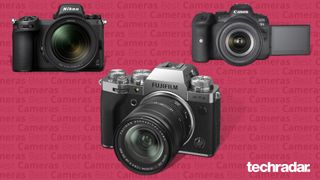
If you're looking for the best cameras for photography in 2021, you've come to the right place. Every camera in this guide has been tested thoroughly in a variety of real-world settings to make sure it deserves to be in our list of the finest stills camera in the world today. (Looking for the best video cameras instead? Check out our separate guide on those).
What's the best camera for photography in 2021 overall? While it's tough to pick out just one camera for everyone, we think the excellent Fujifilm X-T4 is the best choice for most people. In our book, it offers the most compelling blend of size, features and value around. But there are definitely some great alternatives out there.
If you're looking for a full-frame camera, then we think the Canon EOS R5 and Canon EOS R6 are fantastic choices. Both have a growing range of excellent RF lenses and are packed with useful features, including in-body image stabilization and superb autofocus. If you're mainly shooting fast action or everyday subjects, we'd say the EOS R6 edges it due to its 12fps burst shooting and lower price.
Looking for something smaller or more affordable? Our favorite compact camera right now is the Fujifilm X100V – it's the best digital camera for street photography. But it's also a little pricey, so if you'd rather pick up something a little more affordable, then check out the Olympus OM-D E-M10 Mark IV or, if you're looking for the best DSLR, the Nikon D3500.
No matter what kind of budget you have, or what kind of camera you're searching for, our guide contains all of the top cameras for photography. From affordable instant cameras like the Fujifilm Instax Mini 11 to full-framers like the Nikon Z7 II, you'll find all of the finest cameras for photography in our regularly updated list.
Not sure where to start? Check out our guide on what you should look for when buying a camera at the end of this page for helpful pointers on buying a camera for photography.

The best cameras for photography in 2021:
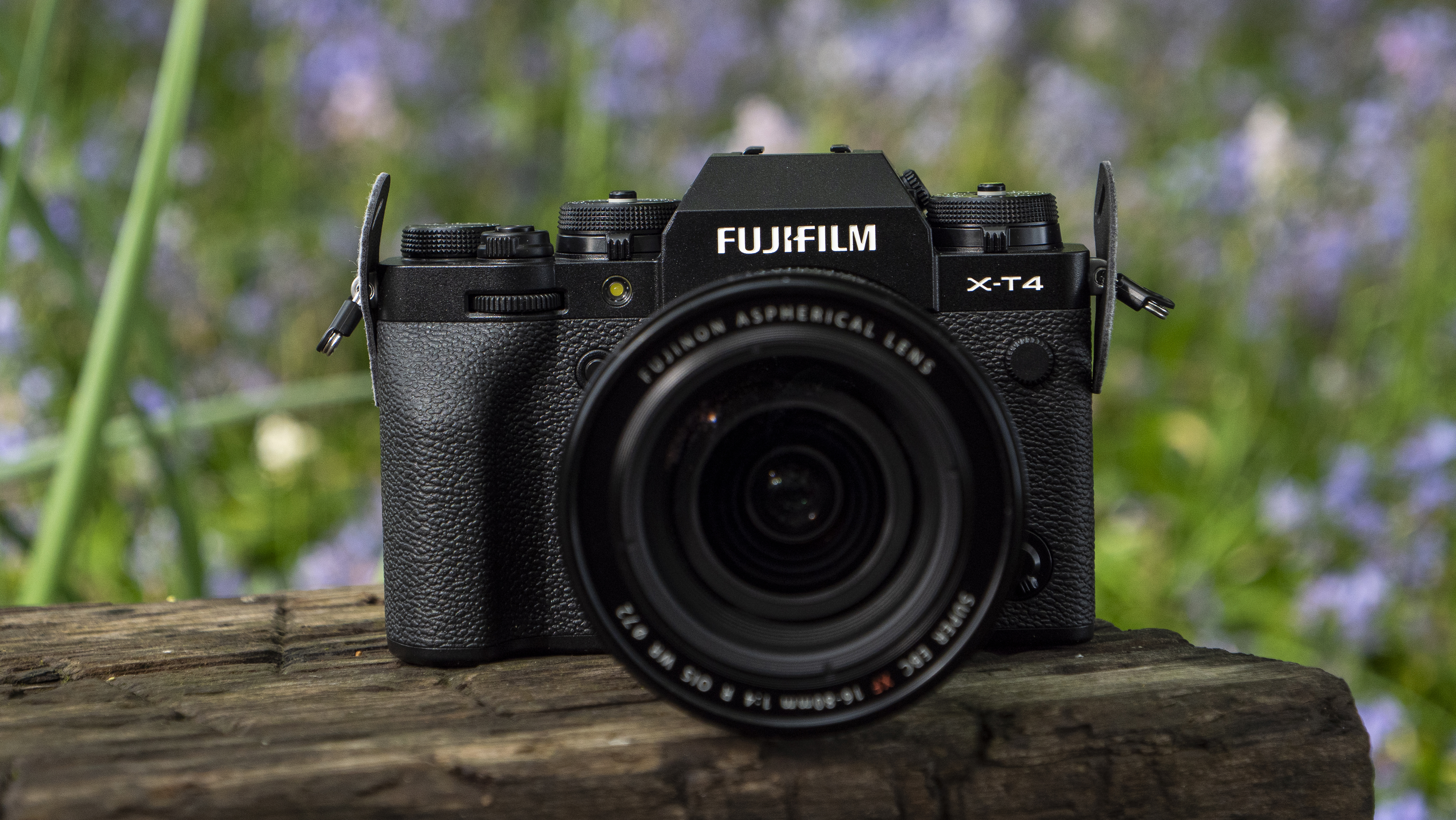
The best all-round camera for most people
Specifications
Sensor size: APS-C
Resolution: 26.1MP
Viewfinder: 3,690K dots
Monitor: 3.0-inch tilt-angle touchscreen, 1,620K dots
Autofocus: 425-point AF
Maximum continuous shooting rate: 15fps (mechanical shutter), 30fps (electronic)
Movies: 4K at 60p
User level: Intermediate
Reasons to buy
+Superb image quality +IBIS a big bonus for video
Reasons to avoid
-No headphone jack -Video recording limit
It isn't a full-frame camera, but the Fujifilm X-T4 is the best APS-C camera we've ever tested – and right now, it offers the best blend of features, size and value for most photographers. The X-T4 builds on the Fujifilm X-T3's impressive foundation by adding in-body image stabilization (IBIS), faster burst shooting and some successful design tweaks. Adding to its all-rounder skills are a bigger battery (which keeps it going for 500 shots per charge) and some improved autofocus, which is fast and reliable in most scenarios.
The X-T4's 26MP APS-C sensor remains class-leading for stills photography, but the X-T4 is also a superb video camera. The IBIS is a big bonus here, and the X-T4 backs that up with a huge range of tools and a great shooting experience, including a fully articulating touchscreen. It might cost the same as many full-frame cameras, but the X-T4 and its fine range of X-series lenses make a great, smaller alternative for those looking for a mirrorless all-rounder.
- Read our in-depth Fujifilm X-T4 review

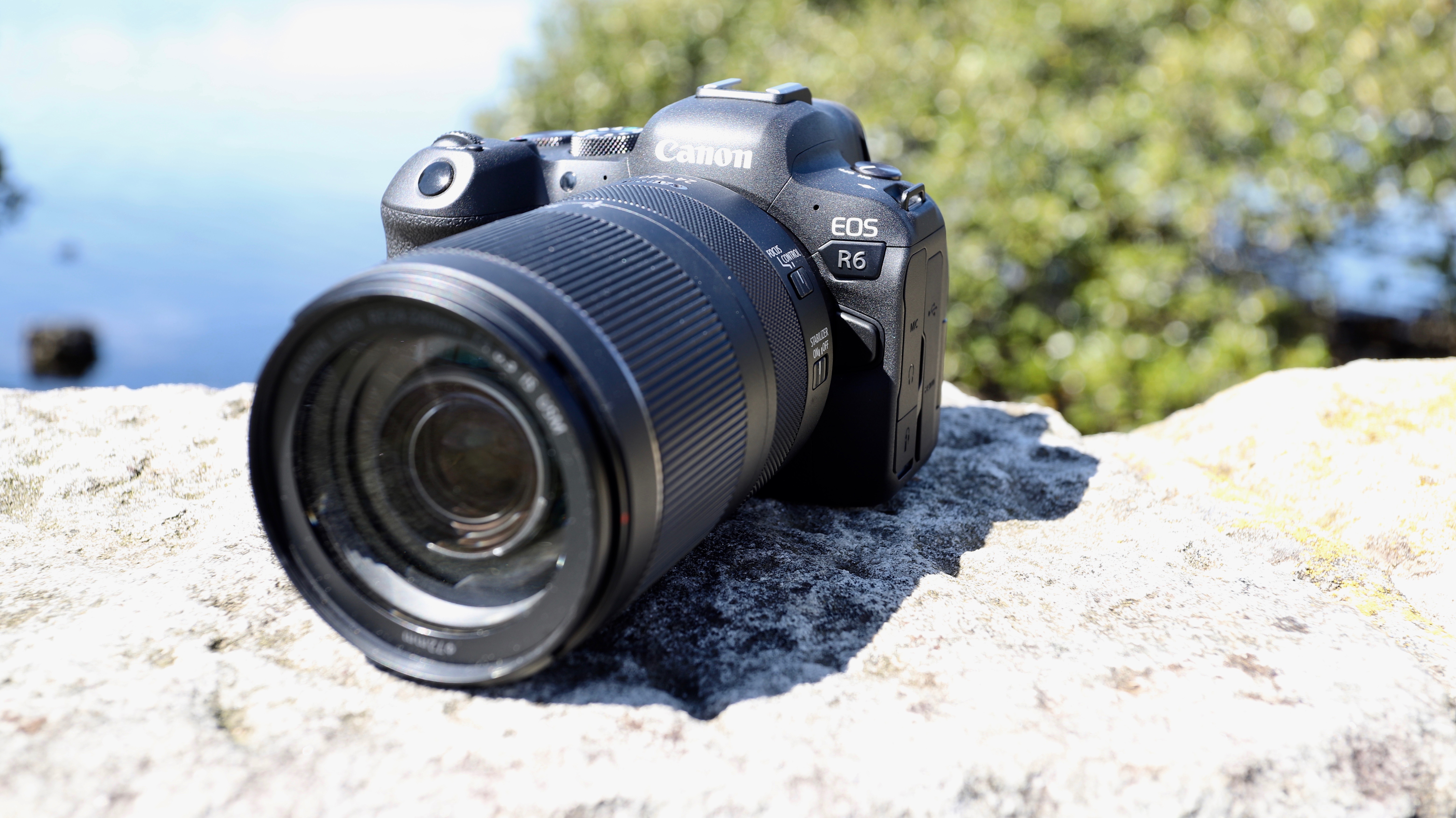
A superb camera with best-in-class features
Specifications
Sensor size: Full-frame
Resolution: 20.1MP
Viewfinder: 3,690K dots
Monitor: 3.0-inch tilt-angle touchscreen, 1,620K dots
Autofocus: 6,072-point AF
Maximum continuous shooting rate: 12fps (mechanical shutter), 20fps (electronic)
Movies: 4K at 60p
User level: Professional
Reasons to buy
+Class-leading autofocus +Excellent full-frame IBIS +Dual card slots
Reasons to avoid
-Video recording limits -20MP resolution
While the Canon EOS R5 is overkill for most people, the EOS R6 is a more affordable full-frame alternative that is simply one of the best cameras for photography around today. If you already own one of Canon's early mirrorless full-framers like the EOS R, or any of its DSLRs, this is a more than worthy upgrade. The EOS R6 brings best-in-class autofocus, a superb in-body image stabilization system, and burst shooting powers that mark it out as a very fine camera for wildlife or sports photography.
Despite its ability to shoot 4K/60p video, the EOS R6 lacks options like the ability to DCI 4K and has overheating limitations compared to video-focused rivals like the Sony A7S III, making it better suited to stills photographers. But for photography, it's an excellent (if pricey) option that delivers hugely impressive autofocus, handling and features that make it one of the best options around for anyone who needs a full-frame camera.
- Read our in-depth: Canon EOS R6 review

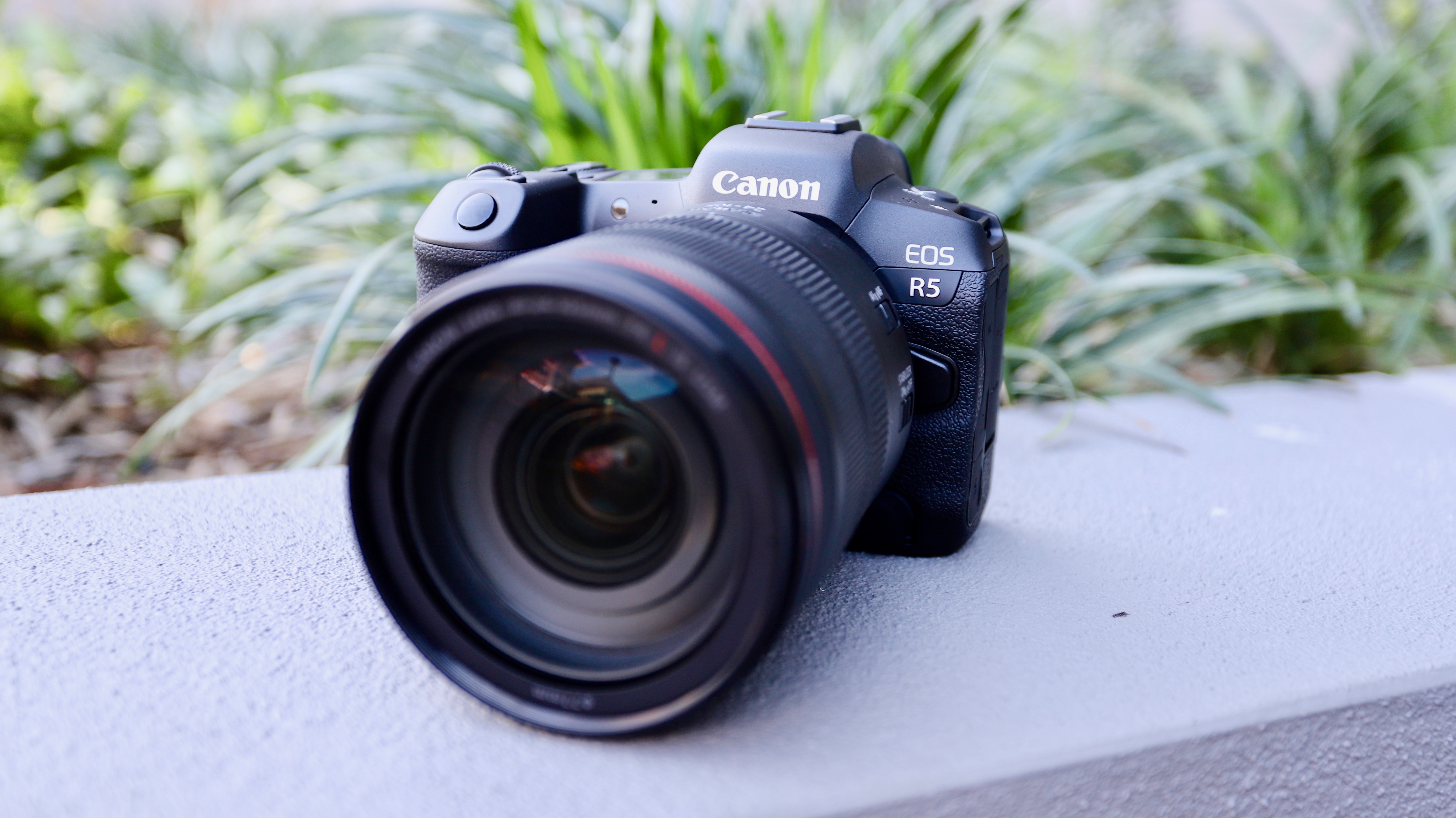
The finest hybrid camera Canon has ever made
Specifications
Sensor: Full-frame CMOS
Megapixels: 45
Autofocus: 5,940-zone AF
Screen type: 3.15-inch tilting touchscreen, 2.1m-dots
Continuous shooting speed: 20fps
Movies: 8K
User level: Enthusiast / expert
Reasons to buy
+Superb autofocus +Solid IBIS system +Good battery life
Reasons to avoid
-Pricier than EOS R6 -CFExpress cards can be costly -Some limitations for video
If you see the Canon EOS R5 as a pro stills camera with some impressive video features, then it's one of the best the photography giant has ever made. There's no doubt it has video limitations compared to a rival like the Sony A7S III, particularly for shooting longer clips. But for anyone looking to shoot mind-blowing stills in almost any situation, whether that's wildlife or studio work, it's a hugely impressive achievement.
Particularly worth of mention is the EOS R5's autofocus, which offers very accurate and reliable subject-detection and tracking – particularly when its comes to people or animals. You also get a superb 5.76-million pixel EVF, a body design that will be comfortably familiar to those coming from DSLRs, and the ability to shoot bursts at 12fps with the mechanical shutter (or 20fps with the electronic equivalent). The video performance, while limited to relatively short bursts, remains superior to the likes of the Nikon Z7 and Sony A9 II, too. With a growing collection of (albeit pricey) RF lenses, the Canon EOS R5 is the next-gen mirrorless camera that pro photographers have been waiting for.
- Read our in-depth Canon EOS R5 review

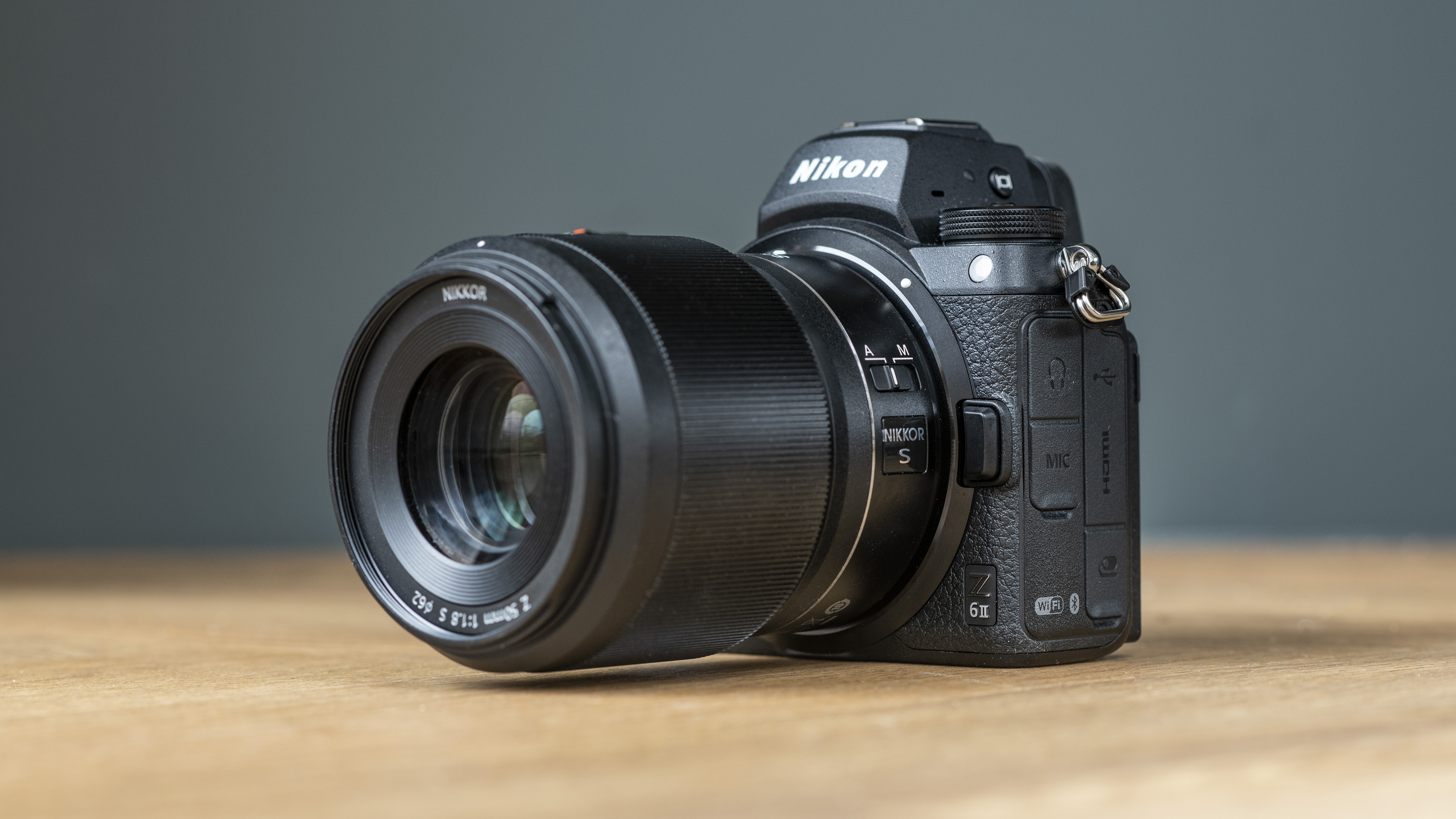
No longer the mirrorless king, but not far behind
Specifications
Sensor size: Full-frame
Resolution: 24.5MP
Viewfinder: 3,690K dots
Monitor: 3.2-inch tilt-angle touchscreen, 2,100K dots
Autofocus: 273-point hybrid AF
Maximum continuous shooting rate: 14fps
Movies: 4K at 30p
User level: Intermediate/expert
Reasons to buy
+Excellent image quality +Great handling
Reasons to avoid
-Not the most advanced AF -Screen isn't vari-angle
The Nikon Z6 reigned as the king of this list for a long time – and while the Z6 II is only a modest successor, it should definitely be on the shortlist of anyone who's looking for a full-frame camera. The Z6 continues to offer great value, but we think the Z6 II is just about worth the extra cost if you can afford it.
Its additional Expeed 6 processor brings a host of improvements, including new 14fps burst mode (up from 12fps on the Z6) and some handy autofocus boosts (particularly for animal eye/face detection). You also get an extra UHS-II card slot, which joins the existing XQD/CFexpress slot, and a firmware update has delivered a new 4K/60p video mode. The 24MP full-frame BSI CMOS sensor performs well at high ISOs, and the Z6 II has class-leading build quality that feels more substantial in the hand than its rivals.
- Read our in-depth Nikon Z6 II review

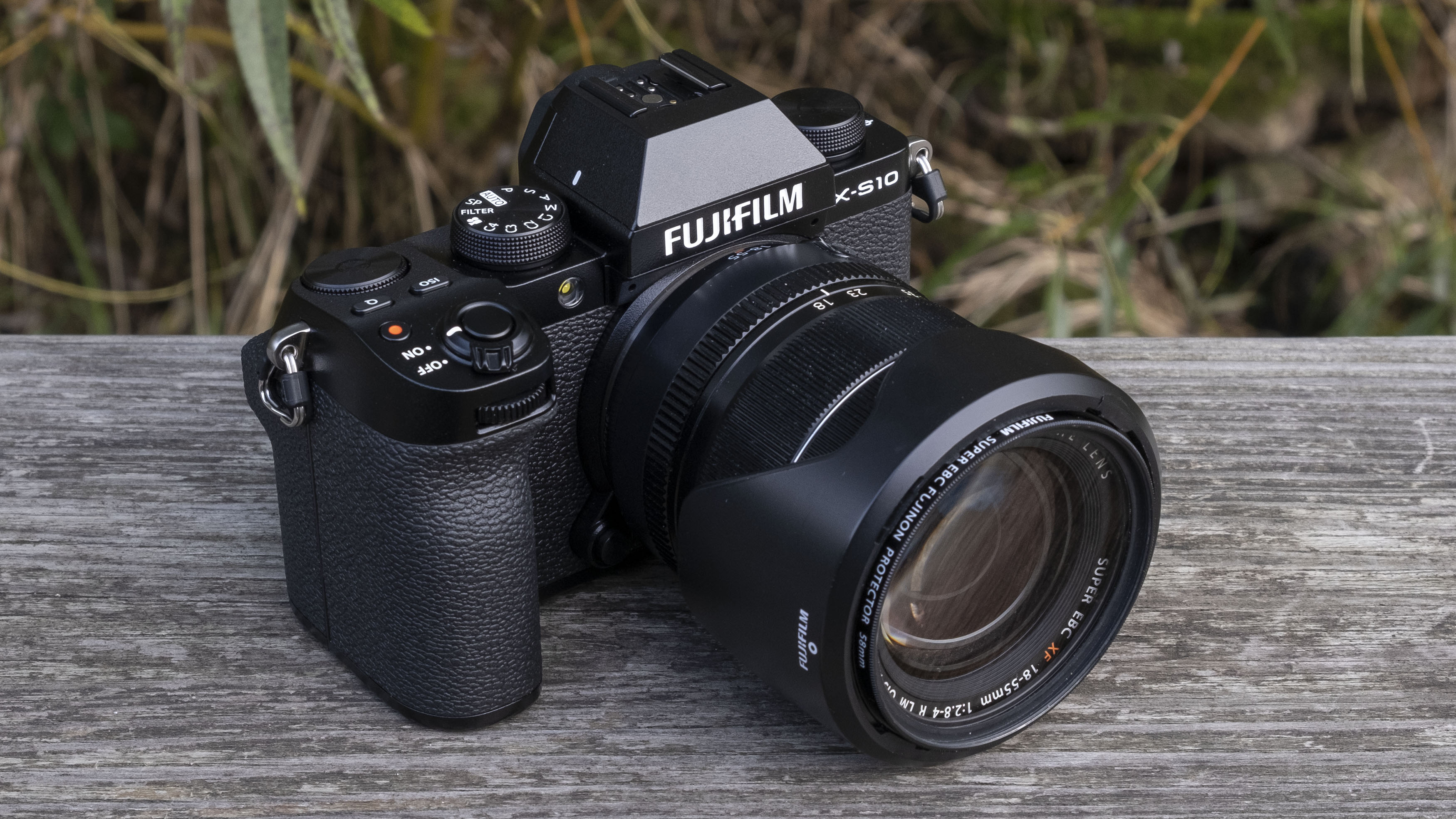
A versatile little all-rounder for hobbyist photographers
Specifications
Sensor size: APS-C
Resolution: 26.1MP
Viewfinder: 2.36m dots
Monitor: 3-inch articulating touchscreen, 1.04m dots
Autofocus: 425-point hybrid AF
Maximum continuous shooting rate: 8fps (mechanical), 20fps (electronic shutter)
Movies: 4K at 30p
User level: Beginner/intermediate
Reasons to buy
+Superb image and video quality +IBIS in a small body +Excellent handling
Reasons to avoid
-Not weather-proof
It's hard to think of another camera that offers the same blend of size, performance, affordability and charm as the Fujifilm X-S10. For both hobbyists and pros looking for a small mirrorless camera, it's an excellent option that covers all the bases for both stills and video. You get a tried-and-tested 26.1MP APS-C sensor (the same as the one in the Fujifilm X-T4, see above) and, impressively for a camera this small, in-body image stabilization (IBIS).
This feature, which helps you preserve image quality while shooting handheld, can also be found in some small Sony and Olympus cameras, but none of those offer the X-S10's excellent handling or range of features. It has a handy vari-angle screen, great build quality, and shoots impressive 4K video, too. Pair it with a prime lens and you have a fine travel or street camera – thanks to X-S10's large grip, though, it'll also match nicely with longer lenses as well.
- Read our in-depth Fujifilm X-S10 review

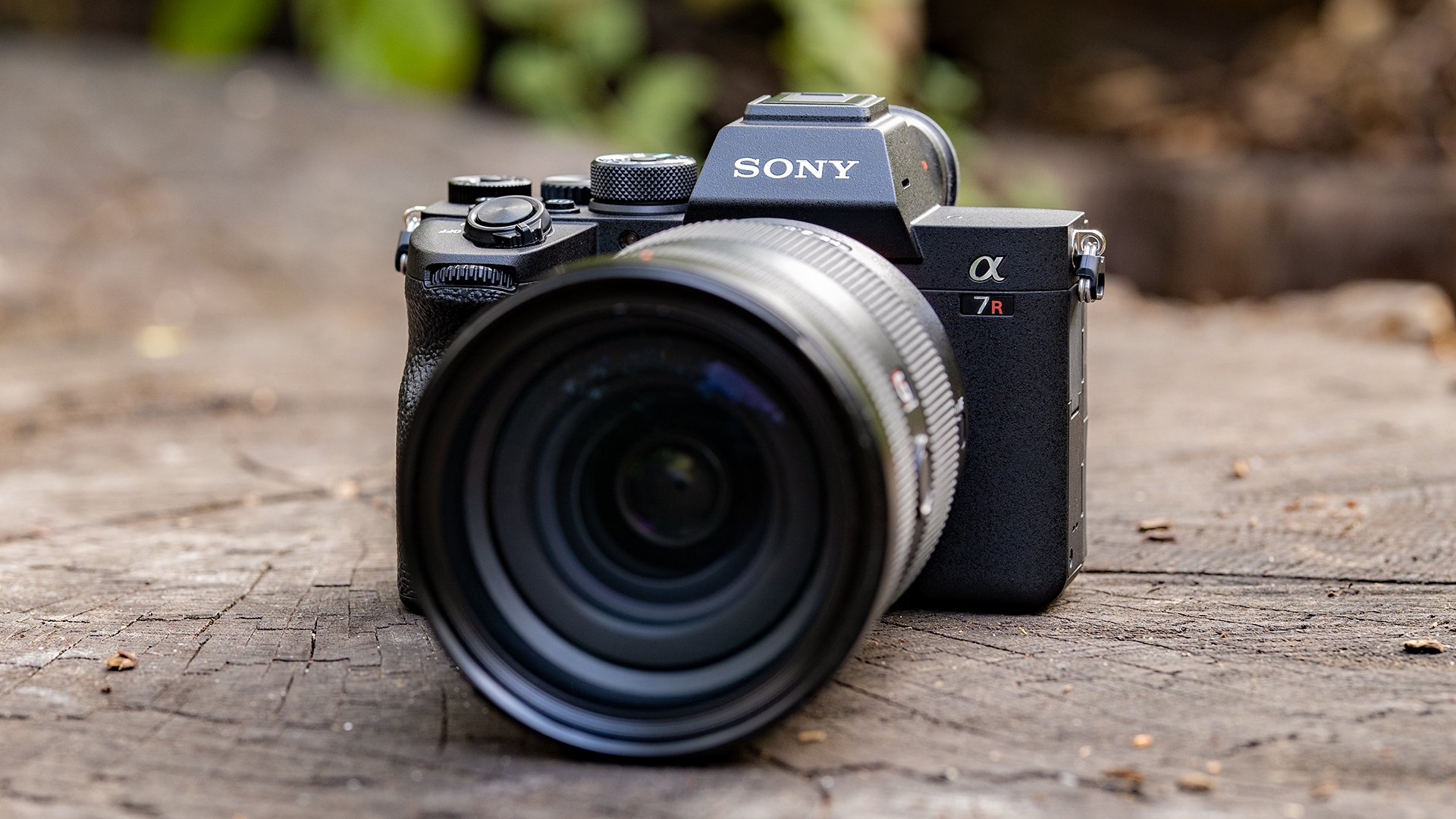
A brilliant choice for landscape photographers
Specifications
Sensor size: Full-frame
Resolution: 61MP
Viewfinder: 5,760K dots
Monitor: 3-inch tilt-angle touchscreen, 21,400K dots
Autofocus: 567 PDAF + 425 CDAF
Maximum continuous shooting rate: 1fps
Movies: 4K at 30p
User level: Expert
Reasons to buy
+Improved ergonomics +Fast, intelligent AF +Well-behaved metering system +Brilliant viewfinder
Reasons to avoid
-Rolling shutter noticeable in videos -No in-camera RAW processing -No motion correction in Pixel Shift mode
Landscape photographers often demand megapixels, dynamic range and weather-proofing – and the Sony A7R IV ticks all of those boxes in style. Its 61MP sensor delivers incredible detail, and you can bump up that resolution with its Pixel Shift mode. Not that it's only comfortable shooting spectacular scenery – you also get Sony's excellent Face and Eye AF tracking for human subjects.
A deep grip makes the A7R IV comfortable to use during long days out in the field, while the weather-sealing is a big step up from the A7R III. You also get a bright, sharp 5.76 million-dot electronic viewfinder, although the touchscreen controls are a bit more limited than more recent Sony cameras like the A7S III. Still, this doesn't stop the A7R IV from being the most desirable in its class, and it even shoots decent video (albeit with some rolling shutter).
- Read our in-depth Sony Alpha A7R IV review

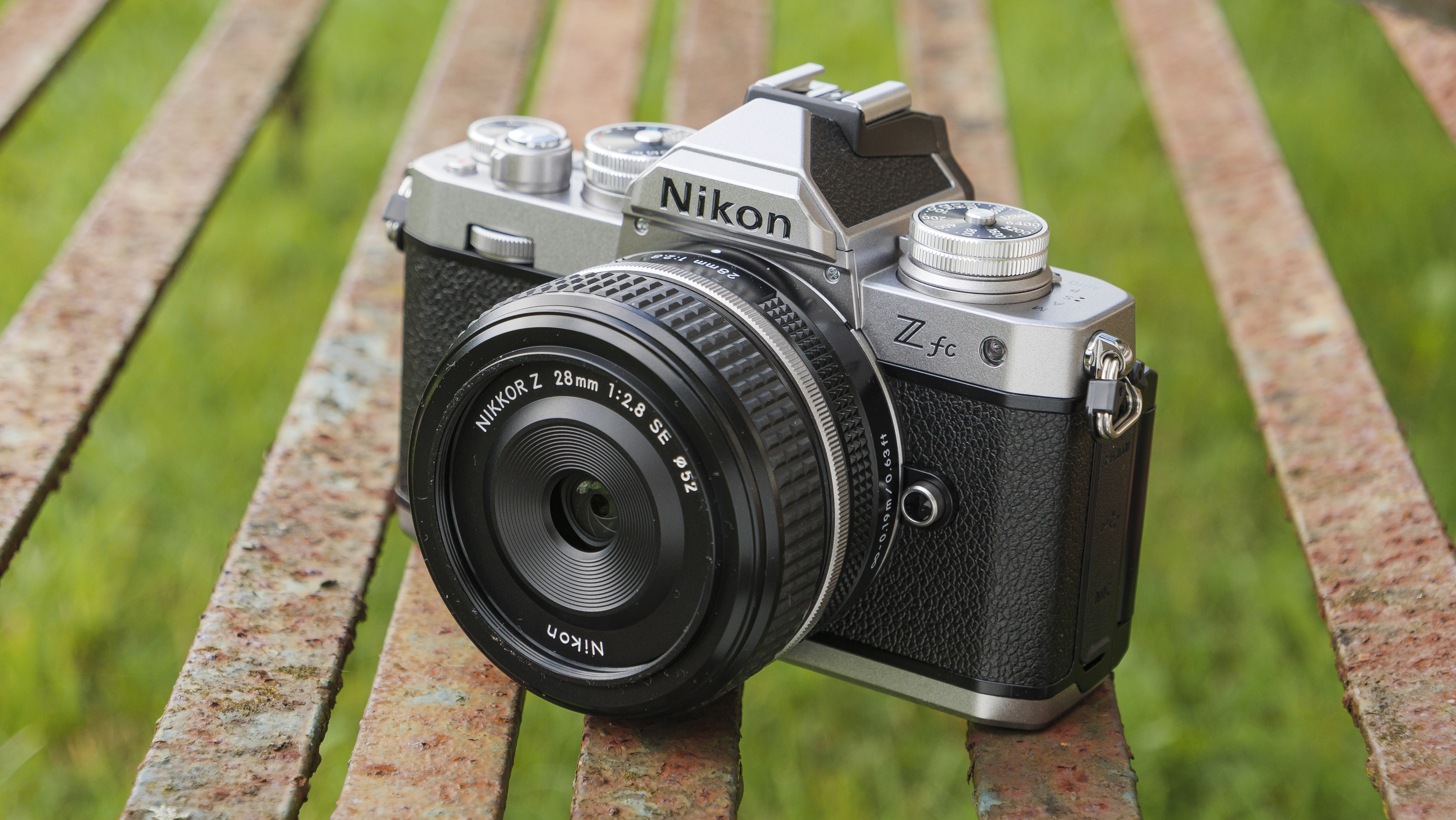
A heady blend of retro design and mirrorless shooting power
Specifications
Type: Mirrorless
Sensor size: APS-C
Resolution: 20.9MP
Lens: Z-mount
Screen type: 3.2-inch tilting touchscreen, 1,036,080 dots
Viewfinder: EVF
Maximum continuous shooting rate: 11fps
Movies: 4K
User level: Enthusiast
Sensor size: APS-C
Resolution: 20.9MP
Viewfinder: EVF, 2,360K dots
Monitor: 3.0-inch vari-angle touchscreen, 1,040K dots
Autofocus: 209-point AF
Maximum continuous shooting rate: 11fps
Movies: 4K at 30p
User level: Enthusiast
Reasons to buy
+Stunning retro design +Vari-angle touchscreen
Reasons to avoid
-Lack of native lenses -No UHS-II support
Under its stunning retro skin, the Nikon Z fc is essentially identical to the Nikon Z50. That's no complaint, given that the Z50 is a mid-range mirrorless marvel. It shares the same 20.9MP APS-C sensor, hybrid autofocus system and performance stats. That means 11fps burst shooting, detailed stills and solid 4K footage at 30fps. What's new is the physical build. An homage to the Nikon FM2, the Nikon Z fc features broadly the same dimensions as its analogue ancestor – and an equally arresting shell. From the dials to the typography, there are countless throwback cues.
The improvements are more than skin-deep, though: unlike the tilting touchscreen of the Z50, the Nikon Z fc features a vari-angle display. That unlocks plenty of flexible framing options, plus it can be used with a tripod – or flipped away for the full eighties experience. What's lacking is the deep DSLR-like grip of the Z50, so handling fans may still prefer its predecessor. But paired with the new Nikkor Z 28mm f/2.8 SE prime lens, the Nikon Z fc makes for a compellingly creative proposition. Plus it's surprisingly affordable for a camera with dedicated exposure, ISO and shutter speed dials.
- Read our in-depth Nikon Z fc review

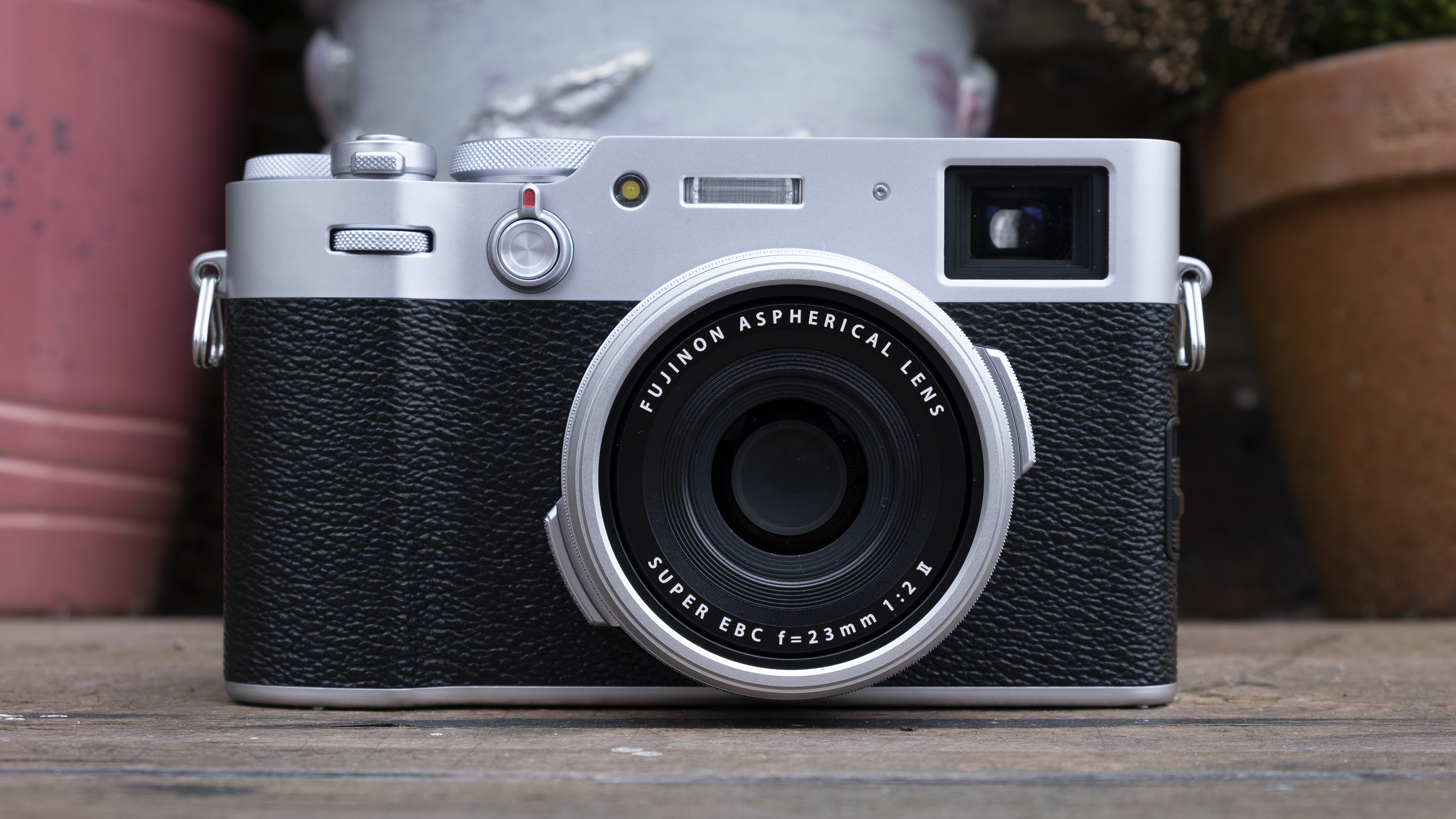
The best camera for street photography
Specifications
Type: Premium compact
Sensor: APS-C X-Trans CMOS
Resolution: 26.1MP
Lens: 23mm, f/2
Viewfinder: Hybrid EVF
Screen type: 3.0-inch tilt-angle touchscreen, 1.62m dots
Maximum continuous shooting speed: 11fps
Movies: 4K
User level: Beginner/enthusiast
Reasons to buy
+Tilting touchscreen +Improved sensor and autofocus +4K video
Reasons to avoid
-Needs filter for full weather-sealing -Expensive
On paper, the Fujifilm X100V shouldn't make sense: a compact camera styled like something from the 1950s, with a fixed 23mm f/2 lens and a premium price tag. Yet the model's predecessors have become iconic among street photographers – and the X100V follows in their spirit. Understated and timeless, there's something very special about that compact retro body.
The X100V keeps what works, only tweaking what it needs to: there's now a very handy tilting touchscreen and a weather-resistant body (although you need to add a filter to the lens to get full weather-sealing). The series' fixed aperture lens setup has always been fantastic for street and portrait photography, and the results are only better now that Fujifilm's added a new 26.1MP APS-C sensor paired with the latest X-Processor 4. Autofocus is faster, noise control better and image quality improved. Sure, it's niche and certainly not cheap, but there's nothing else quite like it.
- Read our in-depth Fujifilm X100V review

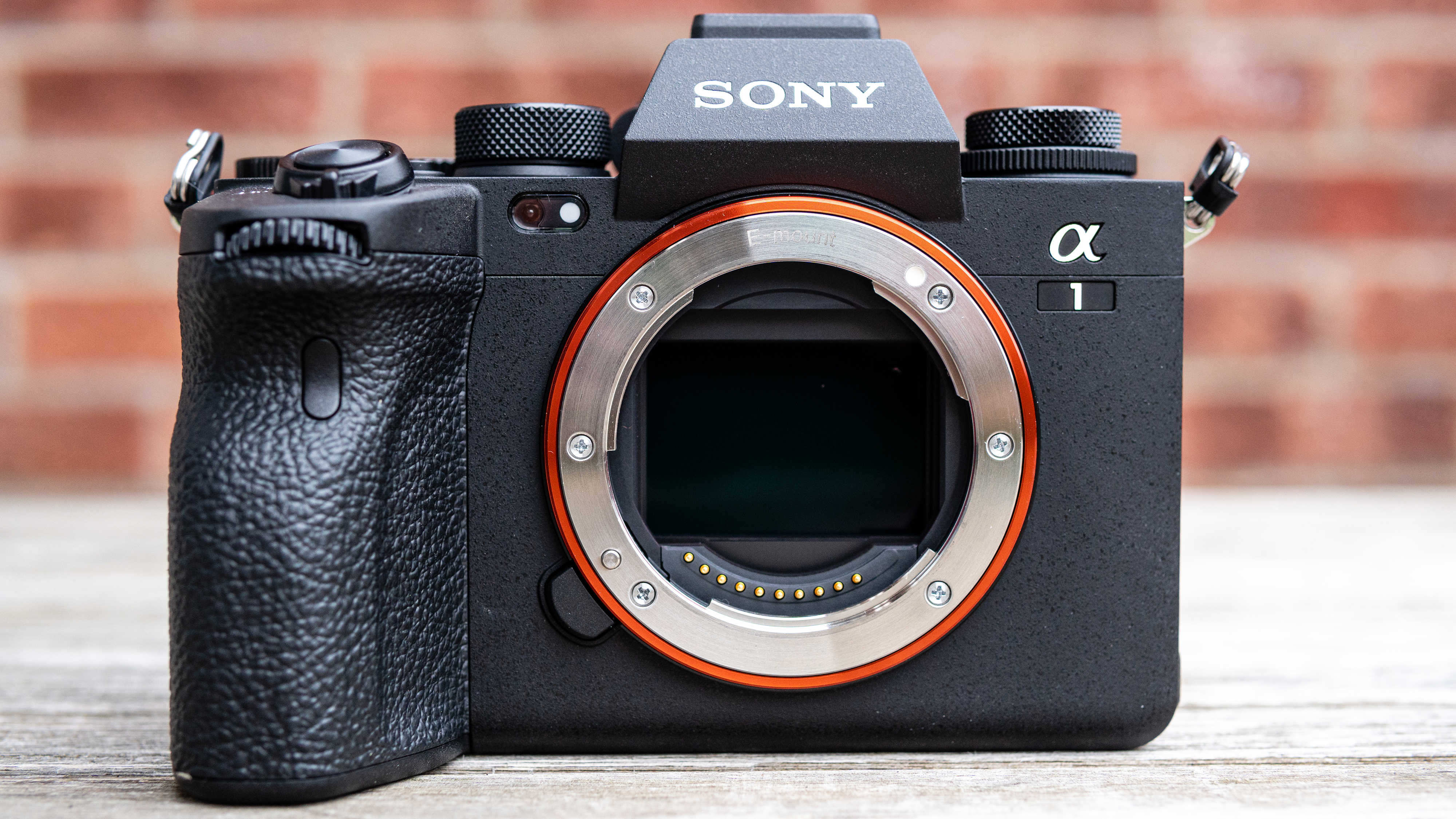
Astonishing performance at an astonishing price
Specifications
Sensor size: Full-frame
Resolution: 50.1MP
Viewfinder: OLED EVF, 9.44m dots
Monitor: 3.0-inch tilt-angle touchscreen, 1.44m dots
Autofocus: 759-point phase-detection AF
Maximum continuous shooting rate: 30fps
Movies: 8K at 30p
User level: Professional
Reasons to buy
+Captures incredible detail +Blisteringly fast performance
Reasons to avoid
-Prohibitively expensive -Overkill for most
Sony's undisputed flagship, the A1 is probably the most versatile professional camera ever made. Offering a heady combination of high-res stills, 8K video and blistering speed, it's as capable in the studio as it is on safari, in a stadium or shooting out in the street. With a continuous frame rate of 30fps and sensor resolution of 50.1MP, it even outperforms Canon's photography powerhouse, the EOS R5.
Whisper quiet when shooting, it's capable of capturing incredible detail, aided by extremely rapid and incredibly powerful hybrid autofocus. And while the screen is only average, the 9.44-million dot OLED EVF more than compensates (particularly with its 240fps refresh rate). So what's the catch? Price. Starting at $6,500 / £6,500 / AU$10,499 body-only, the Sony A1 is an extraordinarily expensive camera. If you're looking for a camera to fill just a single niche, there are less expensive ways to do it. But if money is no object and you want the very best all-rounder on the planet right now, look no further.
- Read our in-depth Sony A1 review


The best landscape photography choice for Nikon fans
Specifications
Sensor: Full-frame CMOS
Megapixels: 45.7MP
Autofocus: 493-point AF
Screen type: 3.2-inch tilt-angle touchscreen, 2,100K dots
Maximum continuous shooting speed: 10fps
Movies: 4K at 60p
User level: Enthusiast
Reasons to buy
+Superb handling +Speedier performance than Z7
Reasons to avoid
-Relatively modest update of Z7 -Rivals have superior action AF
It's not a huge leap forward from the Nikon Z7, but then the Z7 II didn't really need to be. With a blend of subtle but important upgrades, including improved autofocus and a deeper buffer, this full-frame mirrorless camera is a very fine choice –particularly if you're making the move from an older Nikon DSLR. The Z7 II combines Nikon's signature handling with an excellent 45.7MP full-frame sensor, which is the same as the one we loved in its predecessor.
This means you get class-leading dynamic range, sharp edge-to-edge detail and a handy 19MP APS-C crop mode, for sports or wildlife shooting. Some rivals may offer more in the way of video features and autofocus performance (for action shots in particular), but the Nikon Z7 II brings internal 4K/60p video and remains one of the best full-frame cameras you can buy today. With the Z system's lens collection also slowly growing this year, now is the time to make the switch from your DSLR.
- Read our in-depth Nikon Z7 II review

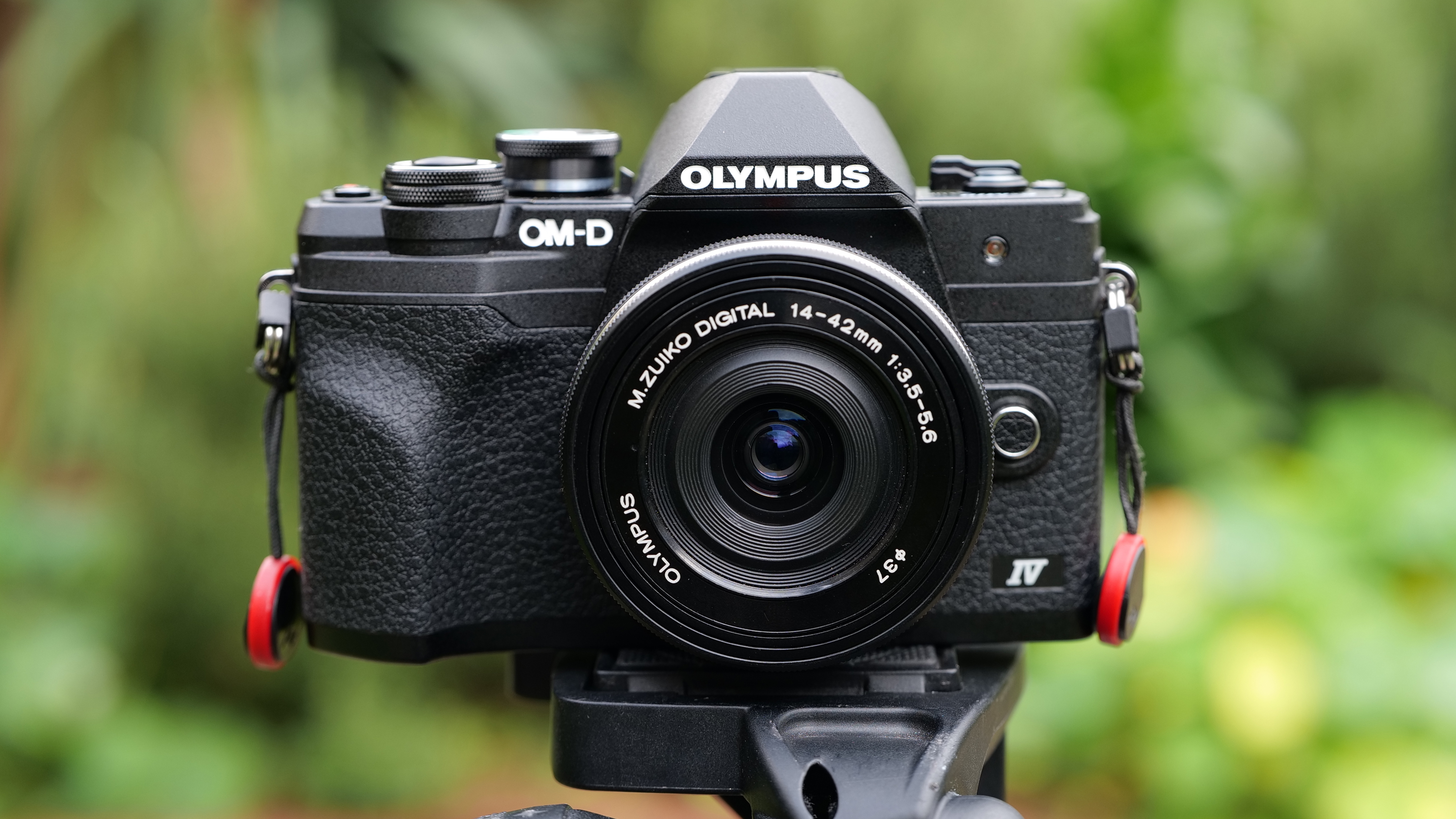
One of the best cameras around for beginners
Specifications
Sensor size: Micro Four Thirds
Resolution: 20.3MP
Viewfinder: 2,360K dots
Monitor: 3-inch tilting touchscreen, 1,037K dots
Autofocus: 121-point Contrast Detection AF
Maximum continuous shooting rate: 15fps
Movies: 4K at 30p
User level: Beginner
Reasons to buy
+Good sensor +Compact body +Useful image stabilization
Reasons to avoid
-No microphone input -No USB-C port
Looking for compact mirrorless camera to help develop your photographic skills? The OM-D E-M10 Mark IV is one of the best options around and offers great value considering its feature set. A useful flip-down touchscreen and good ergonomics make it a fine option for beginners who are moving up from a smartphone or compact camera. And because the E-M10 Mark IV is a Micro Four Thirds camera, it has one of the biggest selections of lenses around, which means it's a model that can really grow with you.
On the downside, it lacks a microphone or USB-C ports, and the autofocus lags a little behind rivals like the Sony A6100 (see below). So while the latter is a better bet for sports or action shooting, the E-M10 Mark IV is a more fun camera to use and is one of the few at this price point to bring in-body image stabilization, a very handy bonus for handheld shooting.
- Read our in-depth Olympus OM-D E-M10 Mark IV review

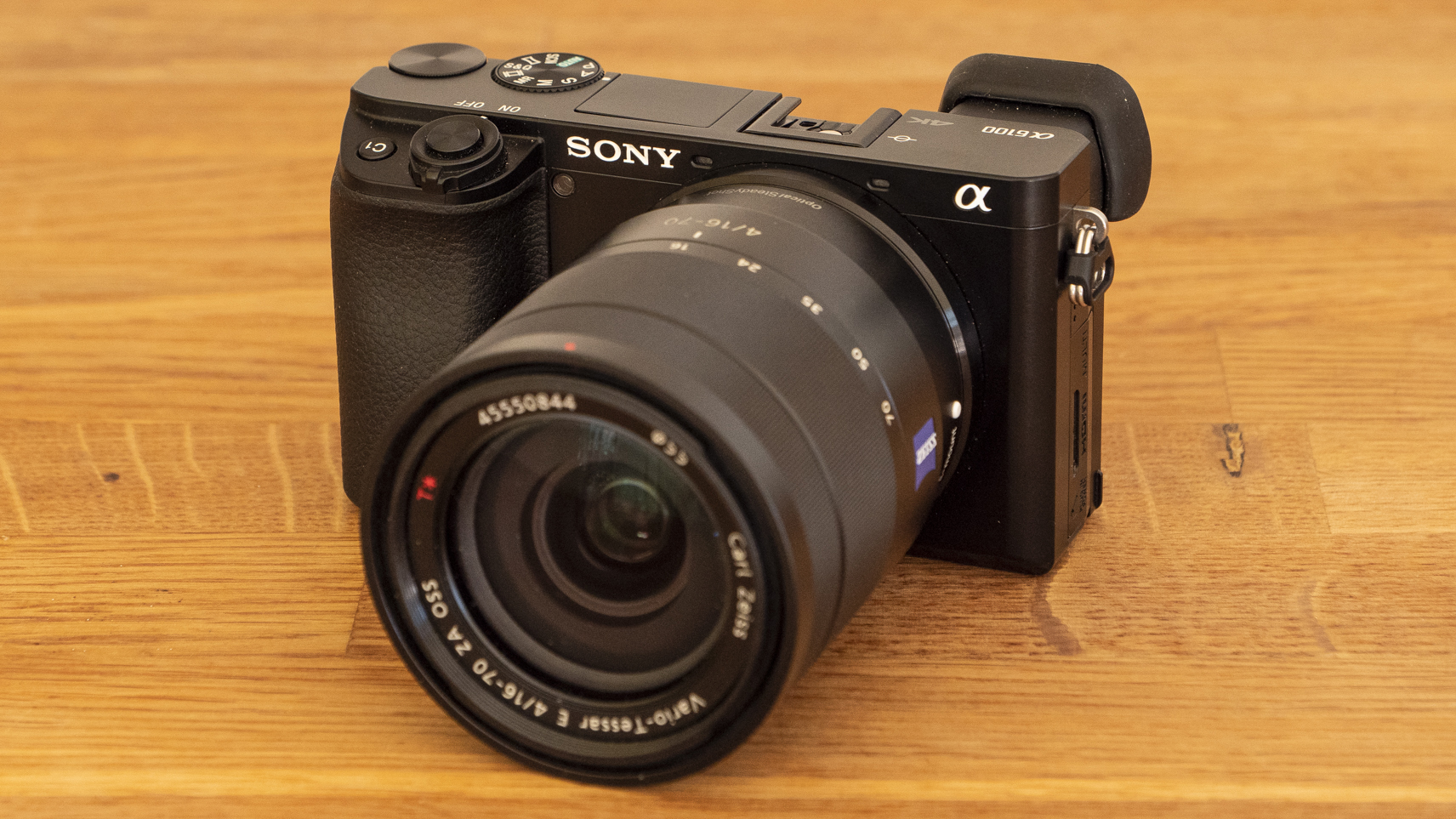
A good value option for beginners and hobbyists alike
Specifications
Type: Mirrorless
Sensor size: APS-C
Resolution: 24.2MP
Lens: Sony E-mount
Viewfinder: EVF
Screen type: 2.95-inch tilting touchscreen, 921,600 dots
Maximum continuous shooting speed: 11fps (mechanical)
Movies: 4K
User level: Beginner
Reasons to buy
+Excellent tracking autofocus +Compact yet feature-packed
Reasons to avoid
-Takes time to understand capabilities -Relatively low-res LCD and EVF
Since its launch five years ago, the entry-level Sony A6000 has proven a hugely popular mirrorless camera. Its successor, the A6100, takes its recipe and adds several helpful tweaks. Compact yet capable, the A6100 pairs a beginner-friendly build with a feature set that won't disappoint the more adventurous. It can take time to understand the camera's potential, but there's plenty of it: the APS-C sensor is the same 24.2MP chip found in Sony's more premium cameras, while the autofocus system is shared with the flagship Sony A6600.
The result is excellent continuous subject-tracking powers and, paired with a good lens, images with plenty of detail and accurate colors. Battery life is also decent and the tilting screen is now touch-sensitive, though its functionality is fairly limited. Certain performance and handling quirks are shared with its more expensive siblings – Auto ISO doesn't suit fast-moving subjects, for example – but these are more forgivable on an entry-level model, especially such a solid all-rounder as the A6100. It deserves to be just as popular as its predecessor.
- Read our in-depth Sony A6100 review

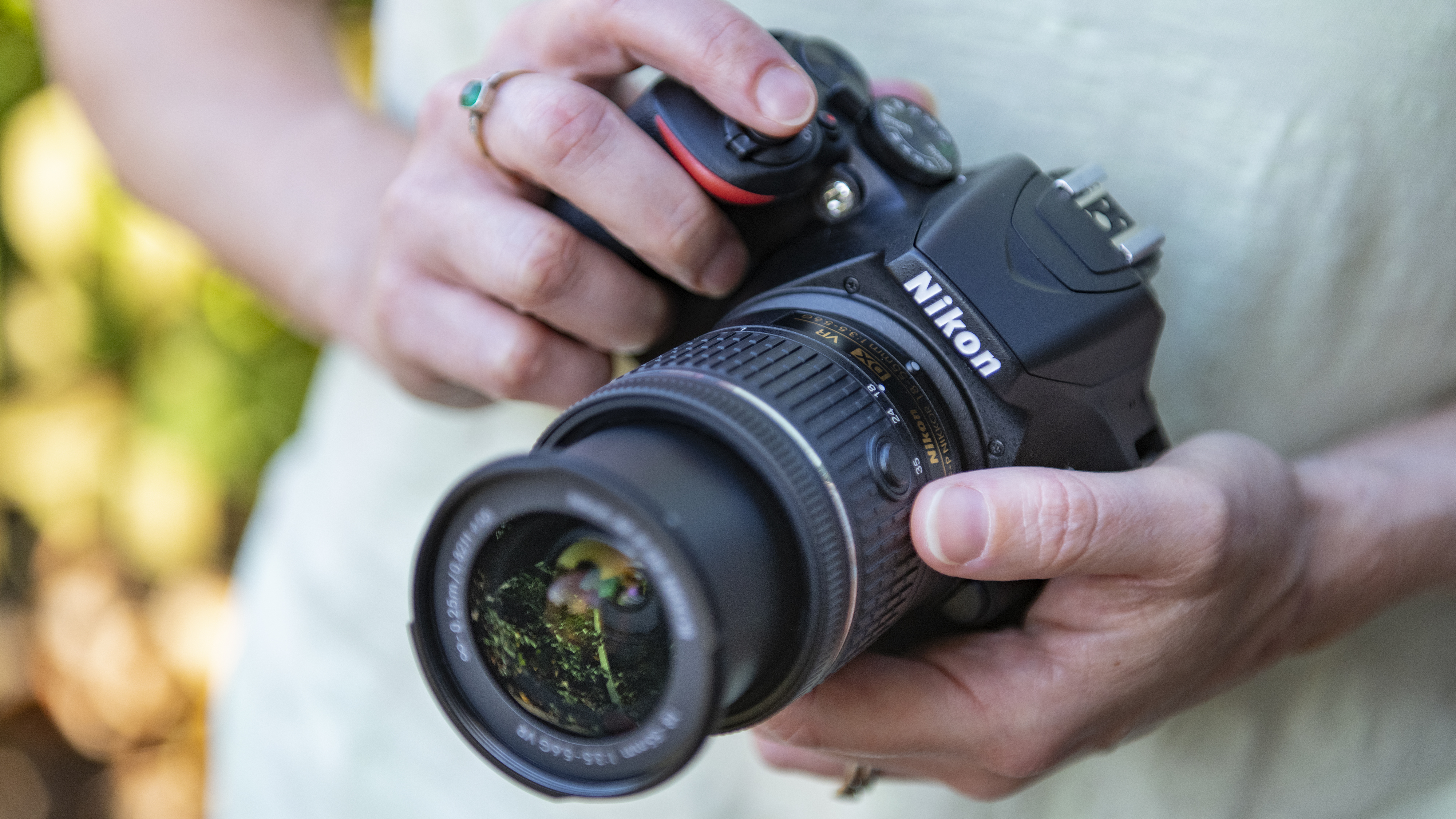
The best beginner-friendly DSLR you can buy
Specifications
Type: DSLR
Sensor: APS-C CMOS, 24.2MP
Lens mount: Nikon F
Screen: 3-inch, 921K dots
Viewfinder: Optical
Continuous shooting: 5fps
Movies: 1080p
User level: Beginner
Reasons to buy
+Huge battery life +Massive lens selection available
Reasons to avoid
-No 4K video -Screen not touch-sensitive
This list is dominated by mirrorless cameras, but if you still prefer the benefits of DSLRS – namely, their handling, superior battery lives and value – then the Nikon D3500 is the best one around for beginners. Taking the baton from the hugely successful Nikon D3400, it brings a 24MP APS-C sensor and an incredible 1,550-shot battery life that beats the stamina of most mirrorless cameras by about three times.
The useful Guide mode is there to walk beginners through creating effects like a blurred background, while the Nikon DX system has a vast array of lenses. If you're starting out, we'd recommend buying the D3500 with the AF-P DX 18-55mm f/3.5-5.6G VR lens, as its brings handy vibration reduction for very little extra cost. Those looking for a travel-friendly camera should still consider mirrorless alternatives like the Fujifilm X-T200 and Canon EOS M50 Mark II, but otherwise this remains a brilliant way to learn the photographic basics and start your new hobby.
- Read our in-depth Nikon D3500 review


A compact full-frame camera that's equally adept at stills and video
Specifications
Type: Mirrorless
Sensor size: Full-frame
Resolution: 24.2MP
Viewfinder: 2.36million dots
Screen type: 3.0-inch vari-angle touchscreen, 1.84m dots
Maximum continuous shooting speed: 7fps (mechanical shutter), 30fps (6K photo mode, 18MP)
Movies: 4K/60p 10-bit 4:2:0
User level: Intermediate/professional
Reasons to buy
+Small for a full-frame camera +Great video specs +Good range of controls
Reasons to avoid
-Not the best autofocus system -Not for sports photographers
Looking for a small full-frame camera that can help you shoot an even mix of high-quality video and still photos? The Panasonic Lumix S5 is one of the best options around. Smaller than the Panasonic Lumix GH5, which has a much smaller Four Thirds sensor, the S5 is particularly talented when it comes to shooting video, offering an uncropped 4K/30p mode and other high-end specs that include V-log recording and Dual Native ISO.
With a pretty modest burst shooting rate of 7fps, it's not the best choice for sports or action photography, but its 6K photo mode (which lets you extract 18MP stills from video) compensates to an extent, and it otherwise offers impressive image quality and a much-improved autofocus performance. This feels like the camera Panasonic should have launched its S series with, and there are very few rivals at this price point that offer its blend of size, performance and video features.
- Read our in-depth Panasonic Lumix S5 review


The best entry-level full-frame camera you can buy right now
Specifications
Type: Mirrorless
Sensor size: Full-frame
Resolution: 24.3MP
Viewfinder: 3.69million dots
Screen type: 3.2-inch tilting touchscreen, 1.04m dots
Maximum continuous shooting speed: 4.5fps
Movies: 4K/30p
User level: Beginner
Reasons to buy
+Excellent viewfinder +Very capable AF system +Comfy grip and solid build
Reasons to avoid
-Lacklustre burst rate -Cropped 4K video -Screen tilts only
Despite not being perfect, the Nikon Z5 is the best entry-level full-frame model you can buy right now, making it a great option for those looking to upgrade to the larger sensor for the first time. With a 24.3MP that reliably produces vibrant, sharp and clean images, a reliable autofocusing system and a comfy and well-built body, there's a lot to like about the Nikon Z5.
Equipping it with the same high-resolution viewfinder as its more advanced Z6/Z7 siblings is a nice touch that adds a touch of premium quality to proceedings. What lets the Z5 down are things that some might not even be too bothered about – the 4.5fps maximum frame rate being underwhelming for action shooters, and the crop applied to 4K video being frustrating for vloggers. Not bothered by either of those things? It's a fine choice for photographers who want full-frame on a budget.
- Read our in-depth Nikon Z5 review


The best instant camera for retro snappers
Specifications
Lens: 60mm
Focusing: Normal and macro
Flash: Built-in
Self-timer: None
Reasons to buy
+Largely accurate auto exposure +Easy for beginners +Compact design
Reasons to avoid
-Instax Mini prints rather small -No advanced features for pros
The Instax Mini 11 certainly doesn't compete with its more esteemed company here when it comes to pure photo quality. But is it one of the most affordable, fun ways to get into instant photography? Definitely. It doesn't have the more advanced controls or modes of pricier instant cameras, but that's also part of its appeal – thanks to its auto-exposure system, you can just point-and-shoot to get lovely, credit card-sized prints.
Naturally, it's a great option for kids and parties, and the relatively affordable film means you won't regret seeing it passed around among family and friends. The pop-out lens barrel and little mirror built into the front of the camera means it's good for selfie duty, and it's available in a range of fun colors, too. If you need a gift for a photography fan, look no further.
- Read our in-depth Fujifilm Instax Mini 11 review

What should I look for when buying a camera for photography?
The main thing to look at when buying a camera is sensor size. Larger isn't always better, but it is a good guide to what kind of camera it is, how expensive the lenses will be, and who it's aimed at. In general, Micro Four Thirds and APS-C cameras are for both hobbyists and pros, while full-frame models tend to be strictly for advanced photographers with bigger budgets. Compact cameras with 1-inch sensors are for travel zooms and everyday photography.
Other features to look out for are viewfinders (electronic or optical), which are considered essential by most photographers, and handling. If you're likely to want to use longer lenses, then a good grip is essential. You should also consider which lenses you're likely to need for your favorite types of photography – for example, bright prime lenses are better for portraits and street shooting, while wide-angle zooms are more useful for landscapes. Deciding which camera system, including lenses, is the best for you is often better than choosing a camera in isolation.
How we test cameras
Buying a camera these days is a big investment, so every camera in this guide has been tested extensively by us. These days, real-world tests are the most revealing way to understand a camera's performance and character, so we focus heavily on those, along with standardized tests for factors like ISO performance.
To start with, we look at the camera's design, handling and controls to get a sense of what kind of photographer it's aimed at and who would most enjoy shooting with it. When we take it out on a shoot, we'll use it both handheld and on a tripod to get a sense of where its strengths lie, and test its startup speed.
When it comes to performance, we use a formatted UHS-1 card and shoot in both raw and JPEG (if available). For burst shooting tests, we dial in our regular test settings (1/250 sec, ISO 200, continuous AF) and shoot a series of frames in front of a stopwatch to see if it lives up to its claimed speeds. We'll also look at how quickly the buffers clears and repeat the test for both raw and JPEG files.
In various lighting conditions, we also test the camera's different autofocus modes (including Face and Eye AF) in single point, area and continuous modes. We also shoot a range of photos of different styles (portrait, landscape, low light, macro/close-up) in raw and JPEG to get a sense of metering and its sensor's ability to handle noise and resolve fine detail.
If the camera's raw files are supported by Adobe Camera Raw, we'll also process some test images to see how we can push areas like shadow recovery. And we'll also test its ISO performance across the whole range to get a sense of the levels we'd be happy to push the camera to.
Battery life is tested in a real-world fashion, as we use the camera over the course of the day with the screen set to the default settings. Once the battery has reached zero, we'll then count the number of shots to see how it compares to the camera's CIPA rating. Finally, we test the camera's video skills by shooting some test footage at different frame-rates and resolutions, along with its companion app.
We then take everything we've learned about the camera and factor in its price to get a sense of the value-for-money it offers, before reaching our final verdict.

- Best camera for beginners
- Best beginner DSLR camera
- Best cameras for kids
- Best DSLR
- Best mirrorless camera
- Best 4K camera
- Best full-frame camera
- Best compact camera
- What camera should I buy?
- Mirrorless vs DSLR: 10 key differences
- Camera rumors
- Best digital photo frame
- Sony Alpha 1: everything you need to know
- Turn your snaps into a beautiful photo book - we've picked out the best

Mark is the Cameras Editor at TechRadar. Having worked in tech journalism for a ludicrous 17 years, Mark is now attempting to break the world record for the number of camera bags hoarded by one person. He was previously Cameras Editor at Trusted Reviews, Acting editor on Stuff.tv, as well as Features editor and Reviews editor on Stuff magazine. As a freelancer, he's contributed to titles including The Sunday Times, FourFourTwo and Arena. And in a former life, he also won the Daily Telegraph's Young Sportswriter of the Year. But that was before he discovered the strange joys of getting up at 4am for a photo shoot in London's Square Mile.
most powerful camera in the world
Source: https://www.techradar.com/news/best-camera
Posted by: bestthame1959.blogspot.com

0 Response to "most powerful camera in the world"
Post a Comment